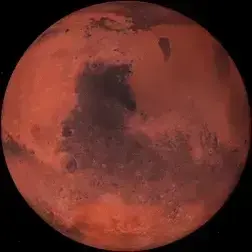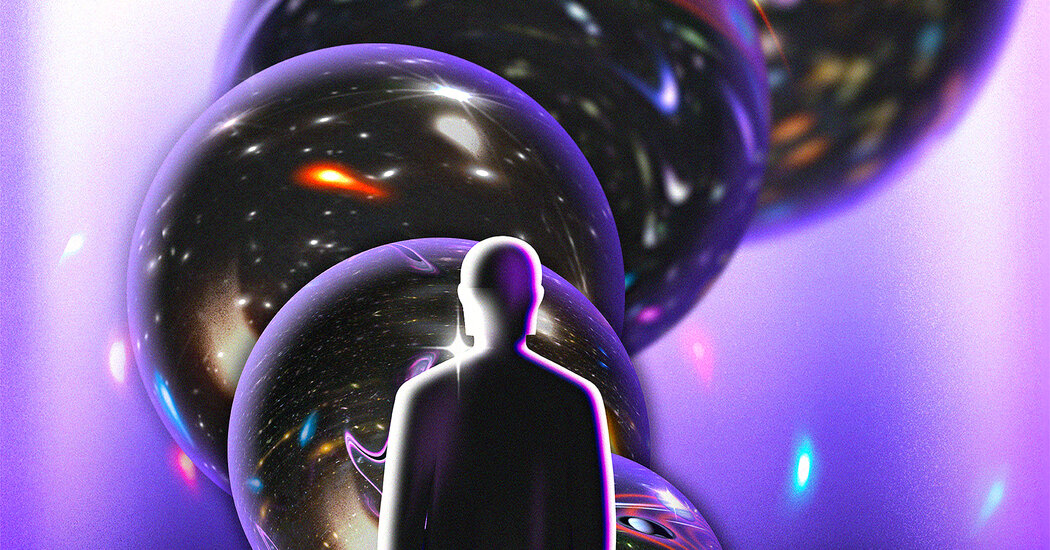- cross-posted to:
- everythingscience
- cross-posted to:
- everythingscience
This is the best summary I could come up with:
But one of the Webb’s first major findings was exciting in an uncomfortable sense: It discovered the existence of fully formed galaxies far earlier than should have been possible according to the so-called standard model of cosmology.
But the model has already been patched up numerous times over the past half century to better conform with the best available data — alterations that may well be necessary and correct, but which, in light of the problems we are now confronting, could strike a skeptic as a bit too convenient.
A potent mix of hard-won data and rarefied abstract mathematical physics, the standard model of cosmology is rightfully understood as a triumph of human ingenuity.
But in the wake of the Webb’s confounding data about galaxy formation, and the worsening problem with the Hubble constant, you can’t be blamed for starting to wonder if the model is out of joint.
We may be at a point where we need a radical departure from the standard model, one that may even require us to change how we think of the elemental components of the universe, possibly even the nature of space and time.
One possibility, raised by the physicist Lee Smolin and the philosopher Roberto Mangabeira Unger, is that the laws of physics can evolve and change over time.
The original article contains 1,724 words, the summary contains 217 words. Saved 87%. I’m a bot and I’m open source!
One possibility, raised by the physicist Lee Smolin and the philosopher Roberto Mangabeira Unger, is that the laws of physics can evolve and change over time.
That sentence sent literal chills down my spine. Serious cosmic horror of the best kind here. It’s an exciting time to follow astrophysics.



